The Ministry of Economic Development has worsened the forecast for the ruble exchange rate. Previously, the department was confident that the average price of a dollar on the Moscow Exchange for the year would be about 90 rubles. The federal budget was compiled from these estimates. However, in the updated assessment, the ministry admitted that the US currency will be more expensive — an average of 95 rubles. In addition, forecasts for the next three years were revised. Every year the ruble will weaken. In 2026, for example, the average price of the dollar will be above 101 rubles.
What is the reason for the revision? And could the new estimate be too optimistic? In 2023, the Ministry of Economic Development believed that the average exchange rate would be 70 rubles. for a dollar. In reality it turned out to be almost 85 rubles. It is possible that the updated forecast will also have to be revised over time, says Oleg Buklemishev, director of the Center for Economic Policy Research at Moscow State University: “The main factor, as it seems to me, is the state of the trade balance and Russia’s exclusion from other capital inflows into the country. Our foreign currency inflow through trade is weakening. I think this is what primarily dictated the change in forecast.
Sanctions pressure is increasing. It is quite possible that the world economy will enter a recession, which may also affect prices. And in this regard, export earnings may decline. And, accordingly, the ruble should weaken. That is probably why the Ministry of Economic Development is changing its assessment and forecast. By the way, experts gave a weaker assessment of the ruble and argued with the Ministry of Economic Development earlier. This may not be the last revision. There will be others who are more realistic about how trends develop. And it is quite possible that by the end of the year we will come to completely different forecasts from the Ministry of Economic Development. I don’t see any special factors that will make the ruble stronger.”
SberCIB analysts expect the average ruble exchange rate for 2024 to be around 95 rubles. for a dollar. The April consensus forecast of analysts surveyed by the Central Bank turned out to be more optimistic: they believe that the dollar will not exceed 93 rubles. However, back in March the estimate was at 91 rubles. On April 23, the national currency received another incentive. On April 30, the presidential decree on the mandatory sale of foreign currency earnings was supposed to expire. As Vedomosti reported, citing sources, the authorities decided to extend the requirement. The parameters will remain the same: large exporters will credit at least 80% of foreign exchange earnings to accounts in Russia and sell 90% of this volume.
This is a fairly effective tool for regulating the foreign exchange market, but it is possible that others will appear in the future. This is what Vladimir Bragin, director for analysis of financial markets and macroeconomics at the management company Alfa Capital, thinks: “It is clear that if inflation in Russia is higher than in major countries, then, strictly speaking, the ruble should weaken. Therefore, the first condition for it not to weaken is to control inflation.
The second point is the issue of capital outflow. Mandatory sale of foreign currency earnings is one of the methods to prevent money from being stored in foreign accounts. And this, strictly speaking, is an outflow of capital. Accordingly, there needs to be a supply of currency inside. It is possible to introduce some additional capital flow control tools. It might help too. Plus, we will face a large volume of payments on external debt. It contracts quite quickly. Here we act, in general, as gentlemen for now, despite all the sanctions. But there is also a question here: what to do with external debt that cannot be refinanced and has to be repaid? This can also be used to control the movement of capital and, accordingly, the ruble.”
The Central Bank traditionally refrains from making forecasts on the exchange rate. At one of the last meetings, the head of the regulator, Elvira Nabiullina, recalled that her agency targets price increases, not the value of the dollar. “The exchange rate will be what it should be so that it is consistent with the inflation target of around 4%,” she noted.
.


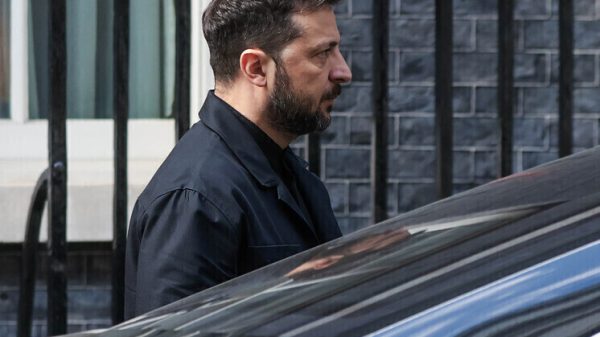





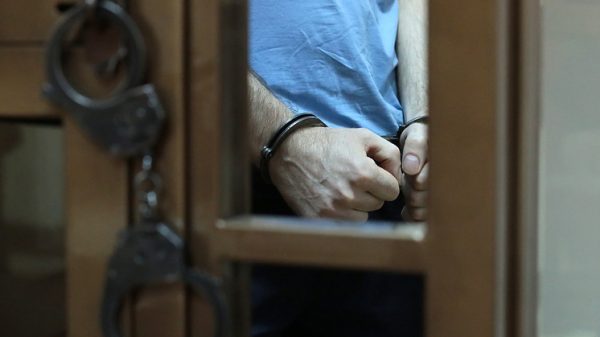
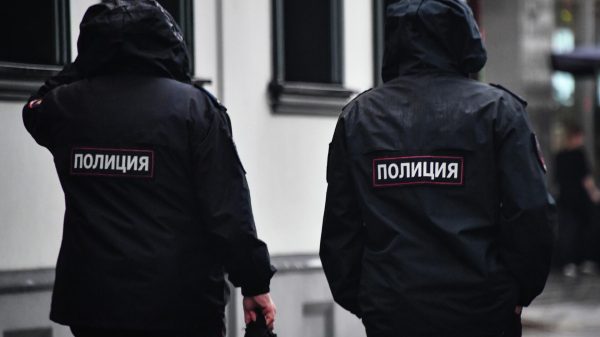
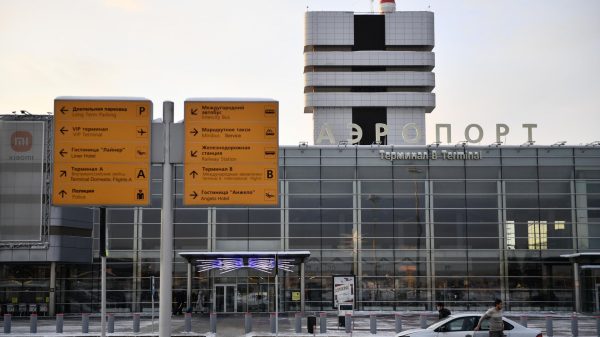
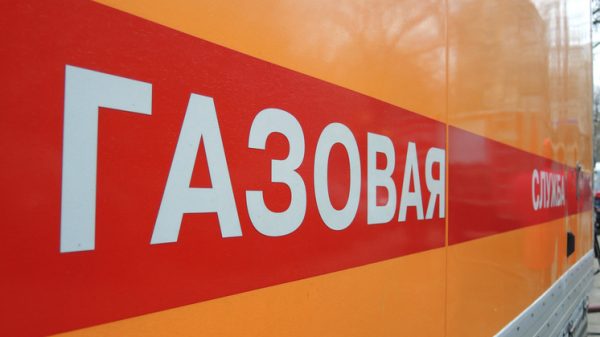





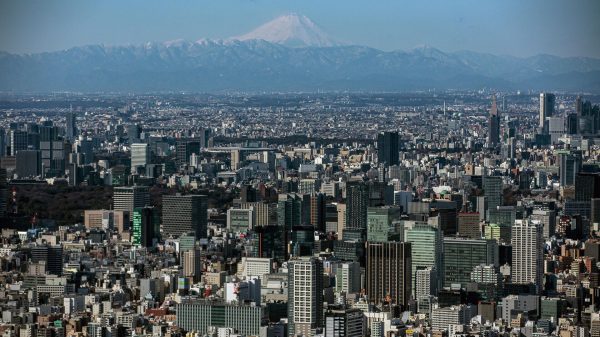







































Свежие комментарии